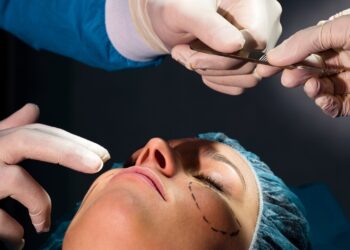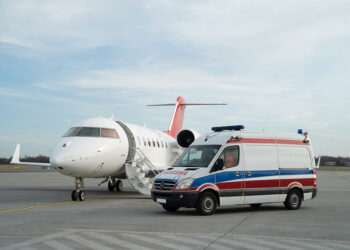image from: andybhatti.com
Introduction
Addiction is a complex, chronic condition that affects millions of people worldwide. Whether it involves alcohol, prescription medications, or illicit substances, finding the right treatment program is crucial for achieving and maintaining long-term recovery.
With so many options available—ranging from inpatient rehab to outpatient counseling—knowing how to identify the most effective solution can be overwhelming. This guide will walk you through the essentials of addiction treatment and how to choose a program tailored to your needs.
Understanding Addiction Treatment Programs
An addiction treatment program is a structured plan designed to help individuals stop compulsive substance use and address the underlying causes of addiction.
Core Components May Include:
-
Detoxification – Safely managing withdrawal symptoms.
-
Therapy and Counseling – Individual, group, or family sessions.
-
Medical Support – Medication-assisted treatment (MAT) when appropriate.
-
Relapse Prevention Planning – Strategies to maintain sobriety post-treatment.
Types of Addiction Treatment Programs
1. Inpatient Rehabilitation
Patients live at a treatment facility for a set period, usually 30–90 days or more.
Best For: Severe addictions, those with unstable living environments.
Benefits: 24/7 medical care, structured environment, complete focus on recovery.
2. Outpatient Treatment
Patients attend therapy sessions while living at home.
Best For: Mild to moderate addictions, strong support systems.
Benefits: Lower cost, flexibility for work or school.
3. Intensive Outpatient Programs (IOP)
A middle ground between inpatient and outpatient care, with multiple weekly therapy sessions.
Best For: Patients needing more structure without full hospitalization.
4. Medication-Assisted Treatment (MAT)
Combines behavioral therapy with medications like methadone, buprenorphine, or naltrexone.
Best For: Opioid and alcohol addiction.
5. Holistic and Alternative Programs
Include yoga, meditation, art therapy, equine therapy, and other wellness approaches.
Best For: Those seeking whole-person healing alongside clinical care.
How to Identify the Most Effective Program
1. Accreditation and Licensing
Ensure the facility is accredited by reputable organizations such as The Joint Commission or CARF.
2. Evidence-Based Methods
Look for programs using scientifically proven therapies like CBT (Cognitive Behavioral Therapy) or DBT (Dialectical Behavior Therapy).
3. Personalized Treatment Plans
No two people are alike—effective programs customize care based on the individual’s needs.
4. Qualified Staff
Verify the credentials of therapists, medical staff, and addiction specialists.
5. Aftercare Support
Long-term recovery depends on ongoing support such as counseling, support groups, or sober living arrangements.
Signs of a High-Quality Addiction Treatment Center
-
Low staff-to-patient ratio.
-
Transparent pricing and policies.
-
Clear success rate tracking.
-
Positive reviews and testimonials.
-
Strong community support network.
Cost Considerations
The cost of addiction treatment varies widely:
-
Inpatient rehab: $6,000–$30,000 per month.
-
Outpatient programs: $1,000–$10,000 for 3 months.
-
Insurance coverage: Many plans now cover part or all of the cost under mental health parity laws.
Tip: Don’t let cost alone determine your decision—effectiveness and quality of care should come first.
Conclusion
Choosing the right addiction treatment program is one of the most important decisions in the recovery journey. By focusing on accreditation, evidence-based care, personalized treatment, and strong aftercare, you can greatly increase the chances of lasting sobriety.
Recovery is possible—and with the right program, you can build a healthier, substance-free future.










